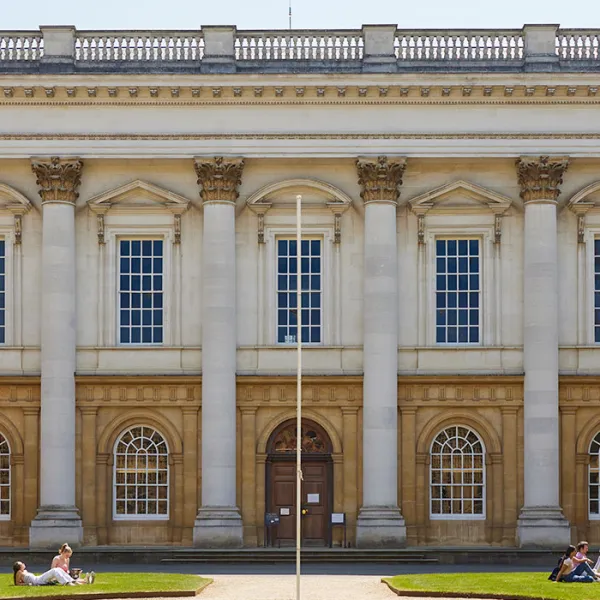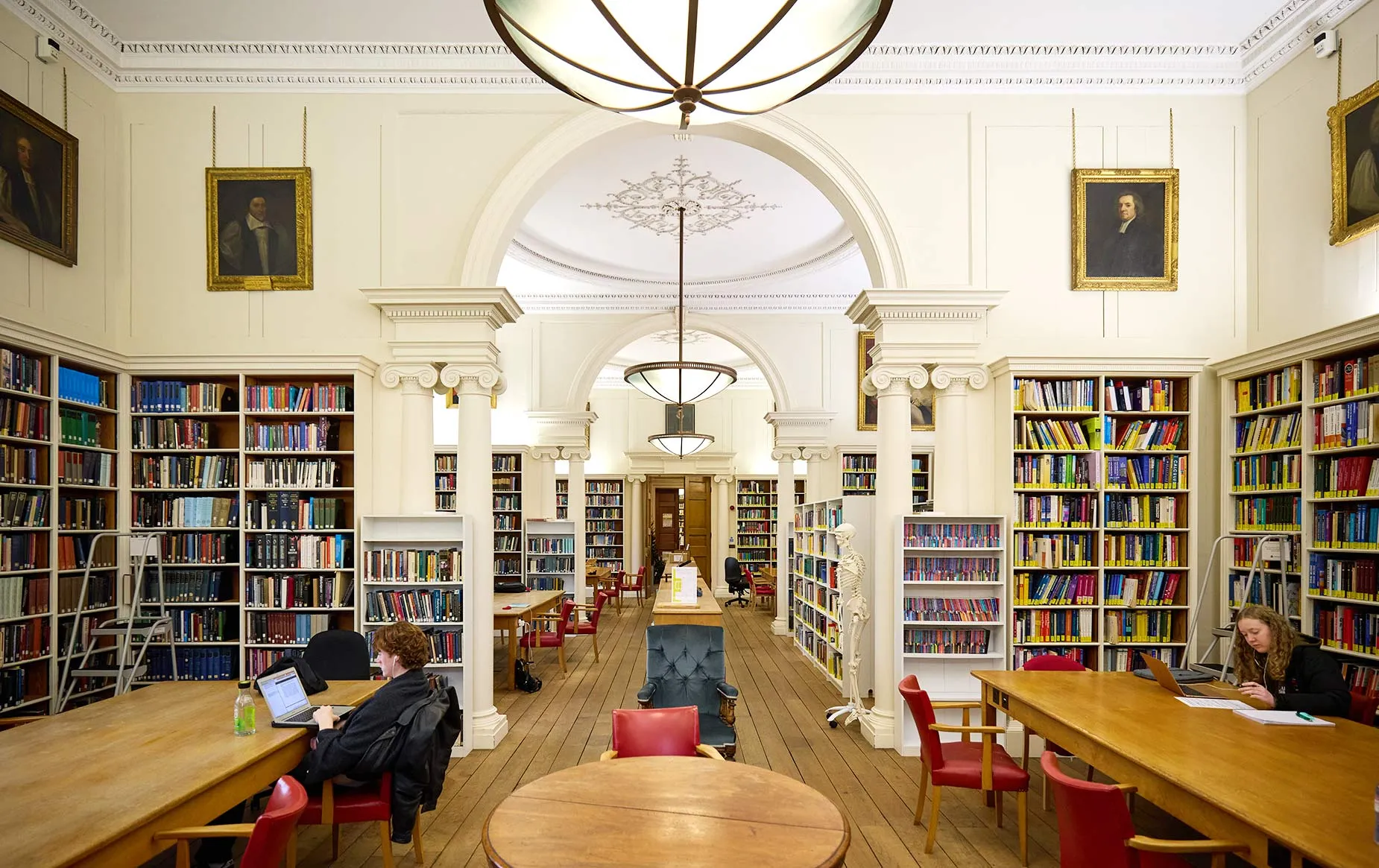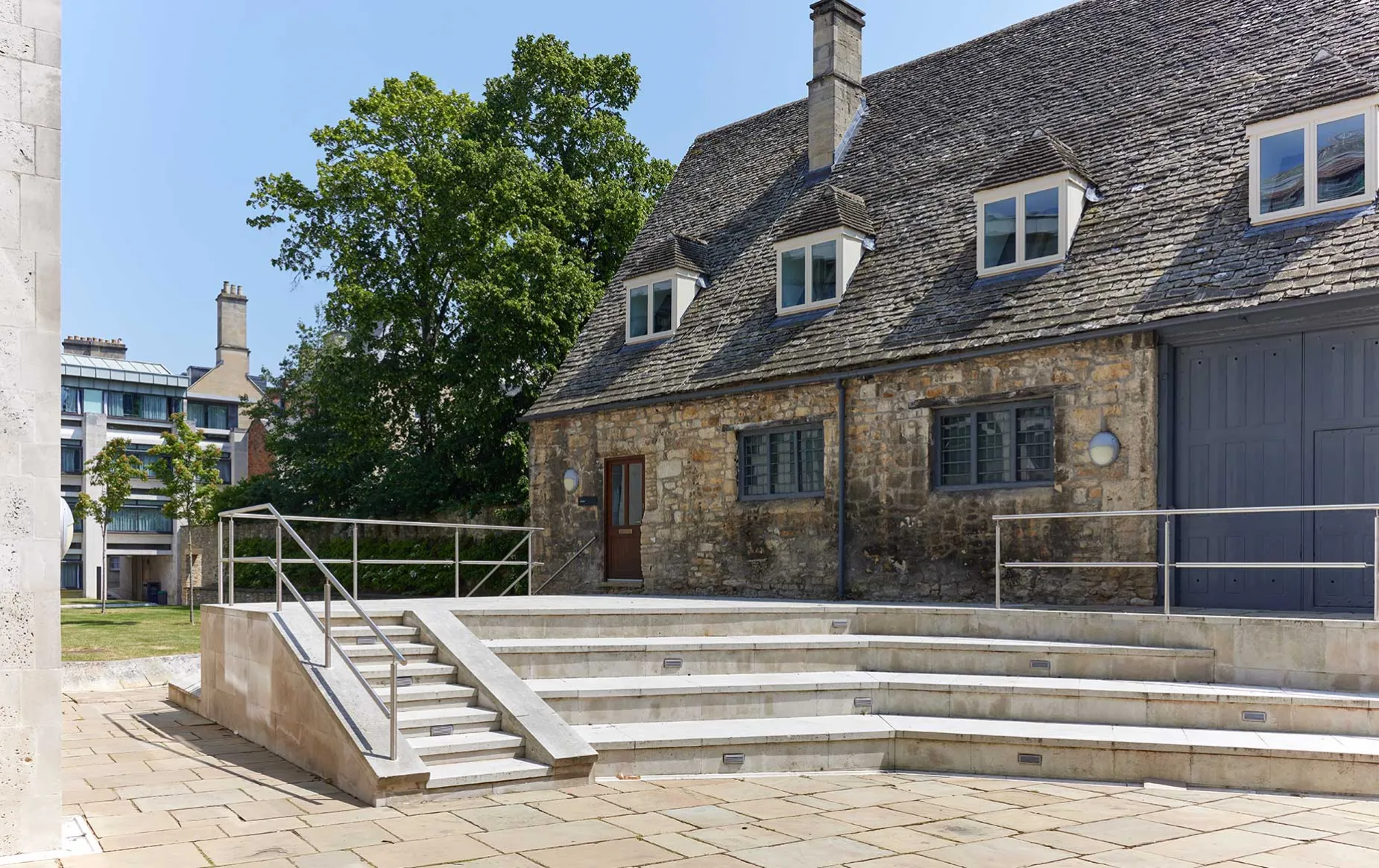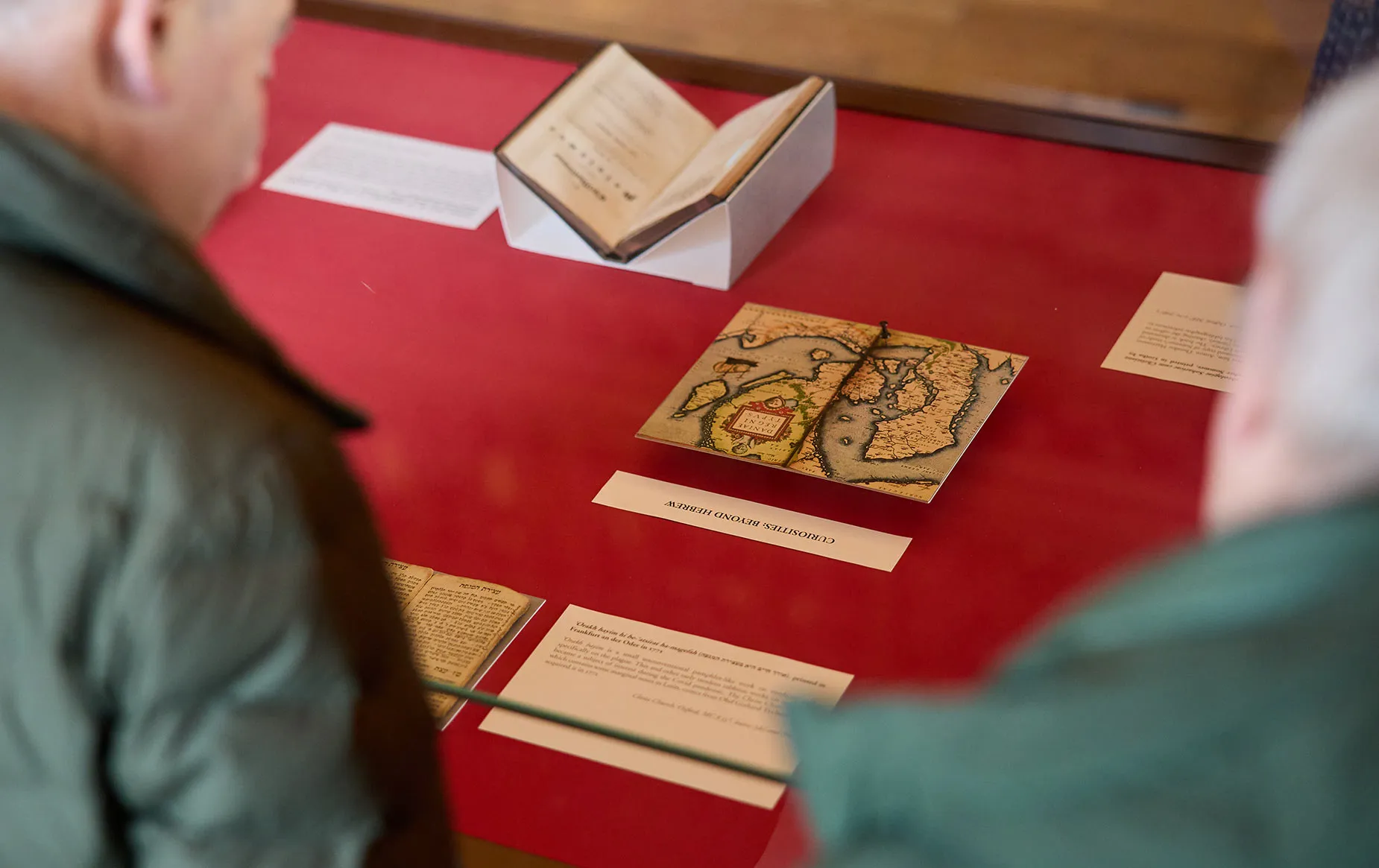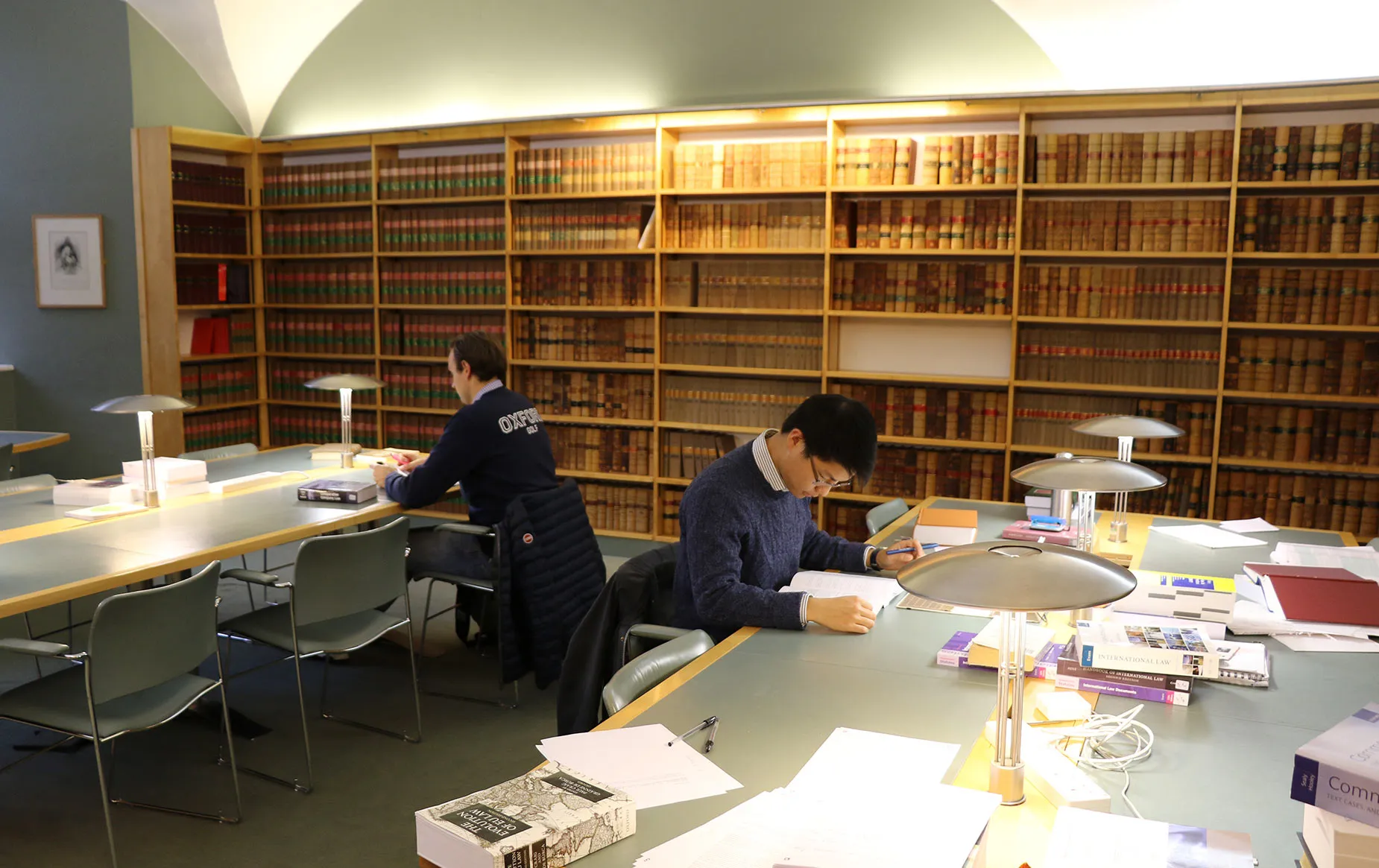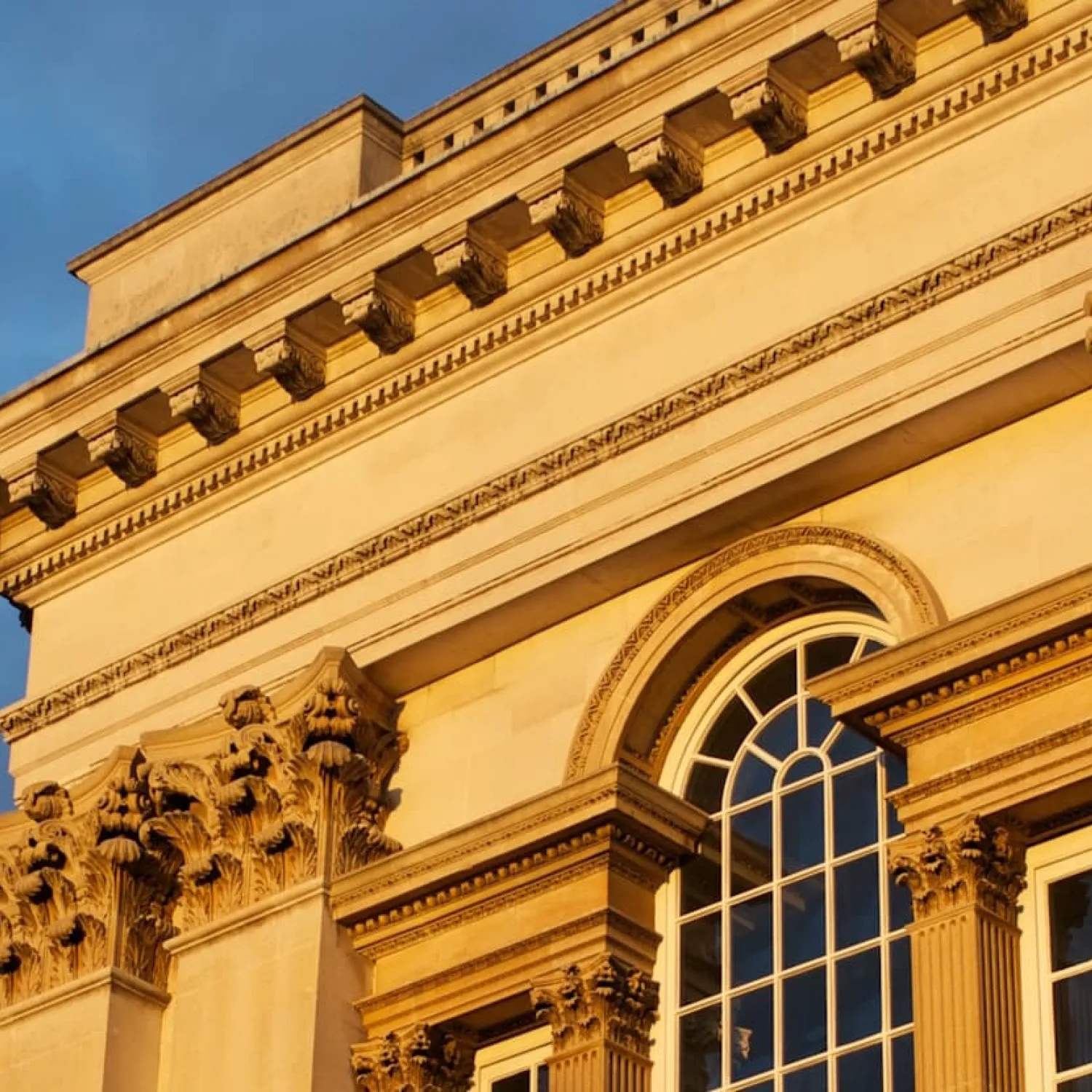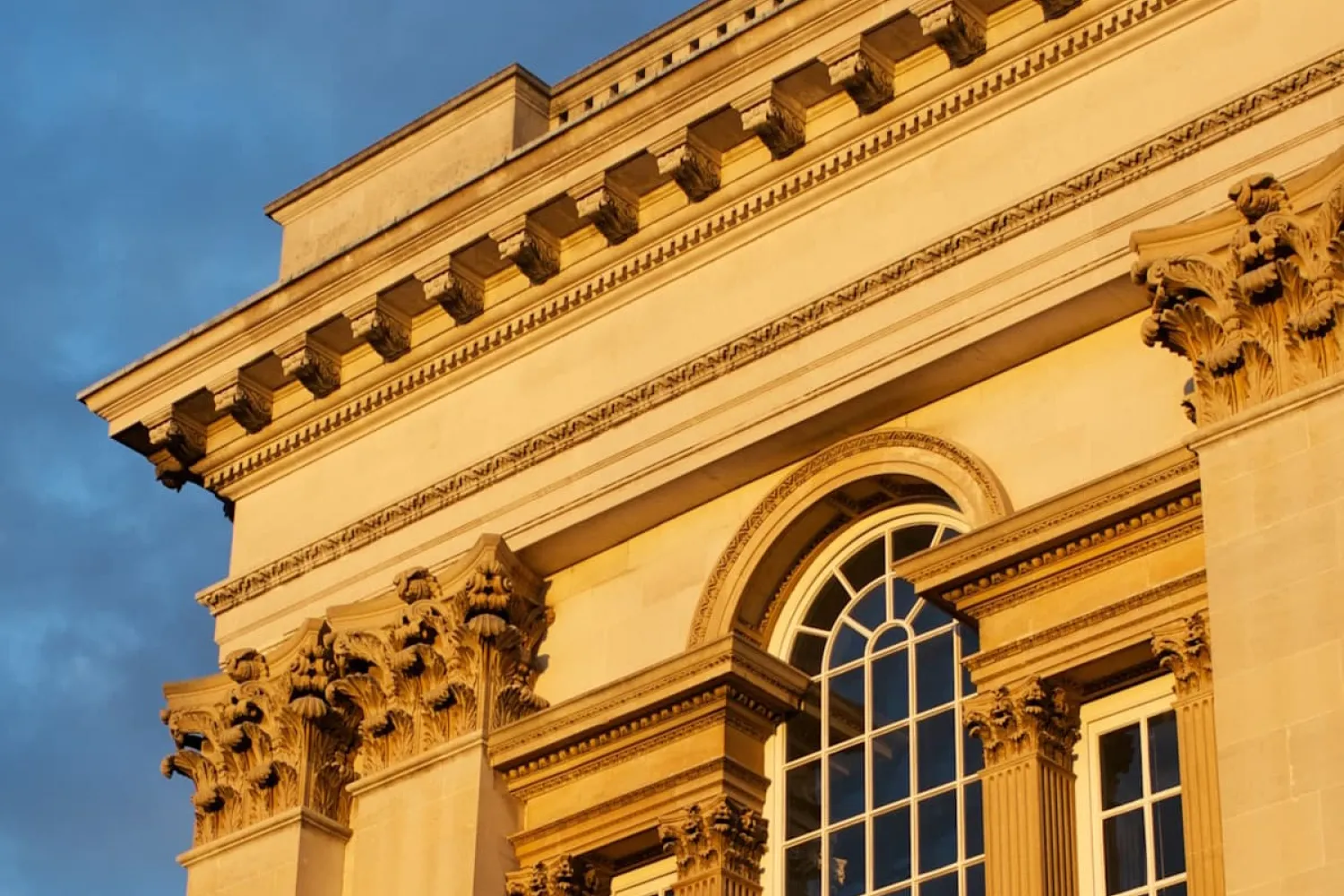Opening hours
Main Library
During Trinity Term, the Library is open as follows:
8am–1am (weekdays)
9am–1am (weekends)
From 28 April to 27June, the Upper Library will be open as additional study space from 9am–5pm (Monday–Friday).
From 30 June we will revert to our summer vacation hours (9am–5pm, Monday–Friday). At this point the Upper Library will no longer be available as study space.
Burn Law Library
The Law Library will be open from 9am to 11pm each day during Trinity Term. There will be no fob access outside these times.

